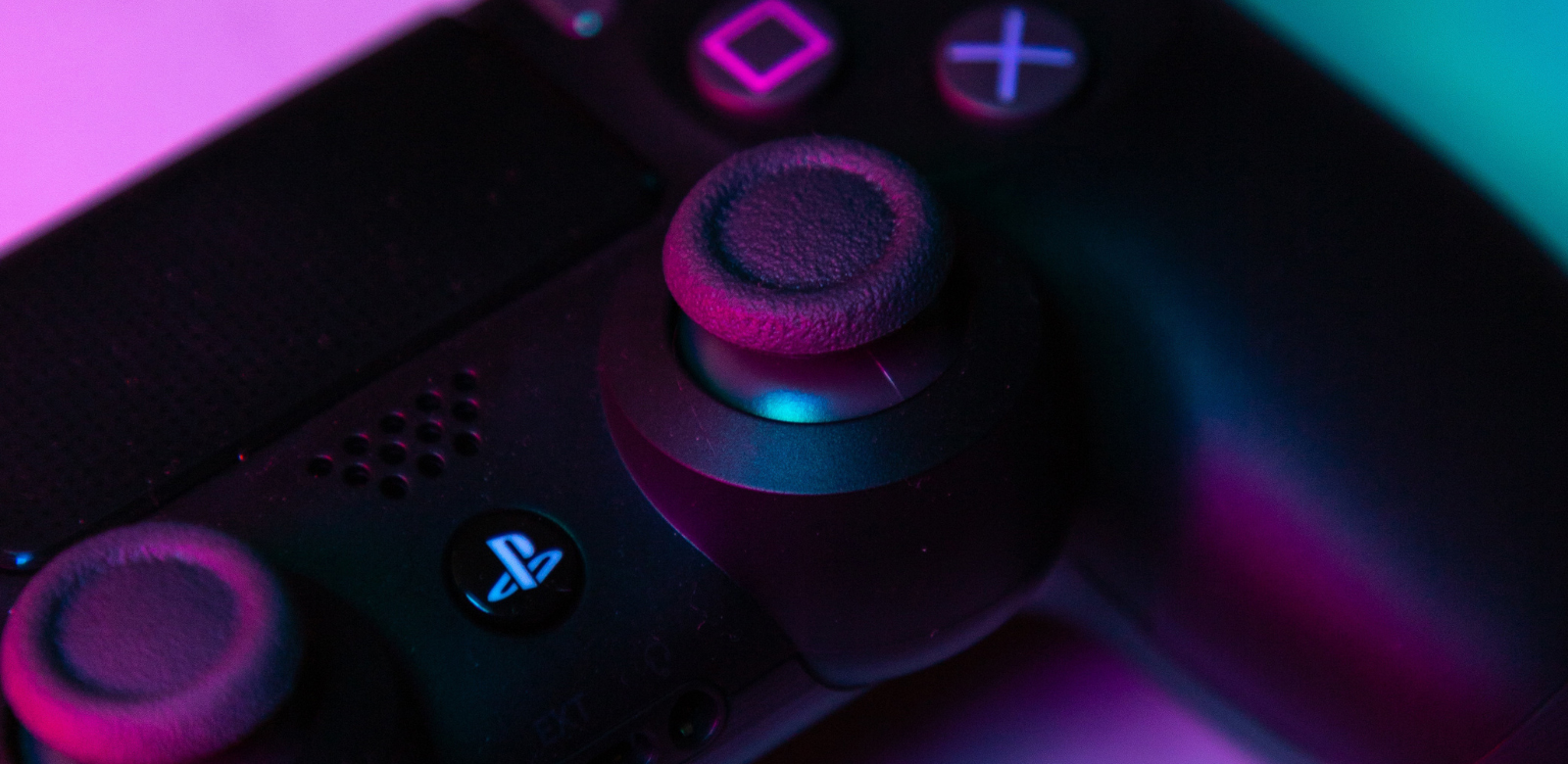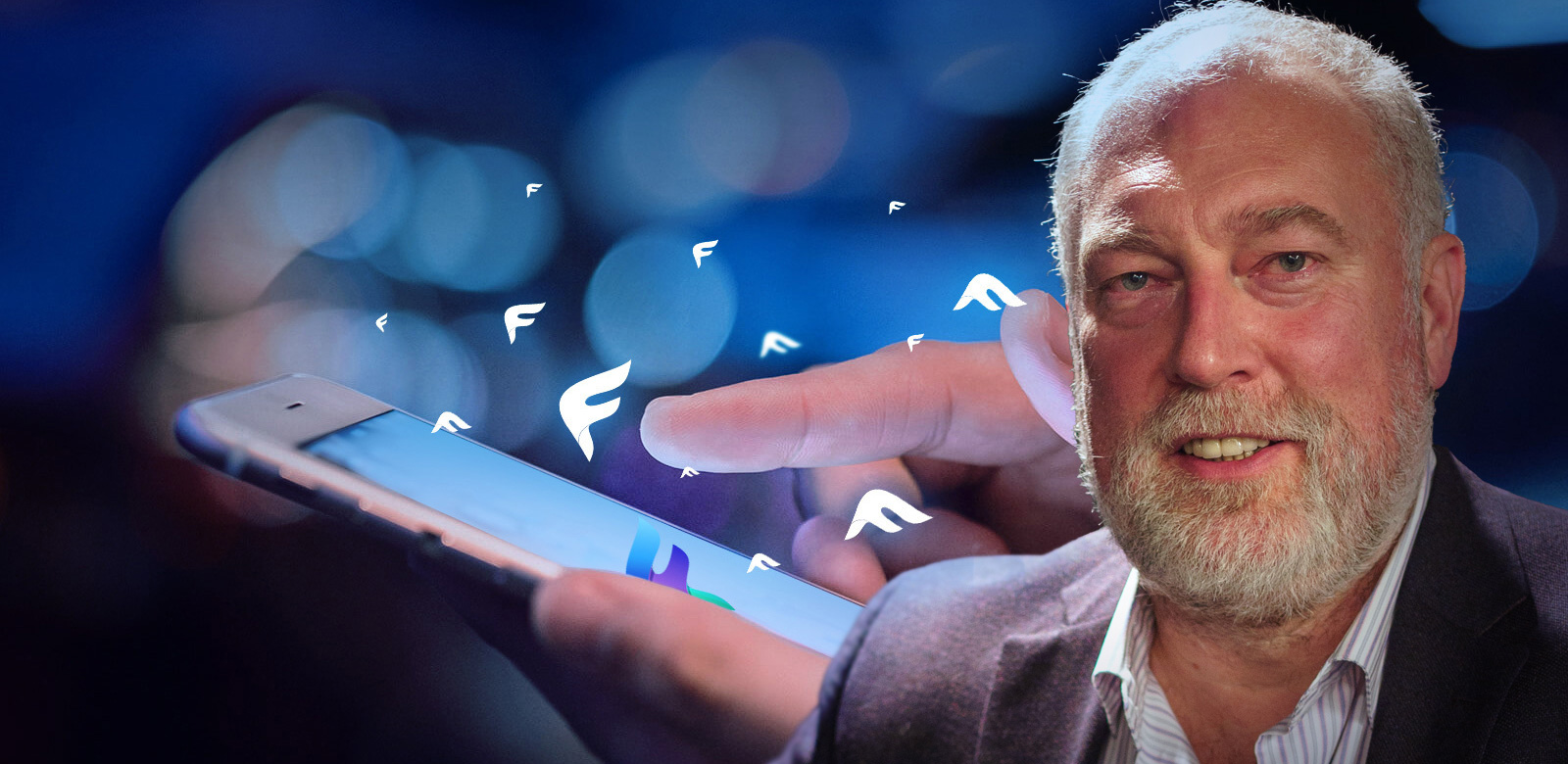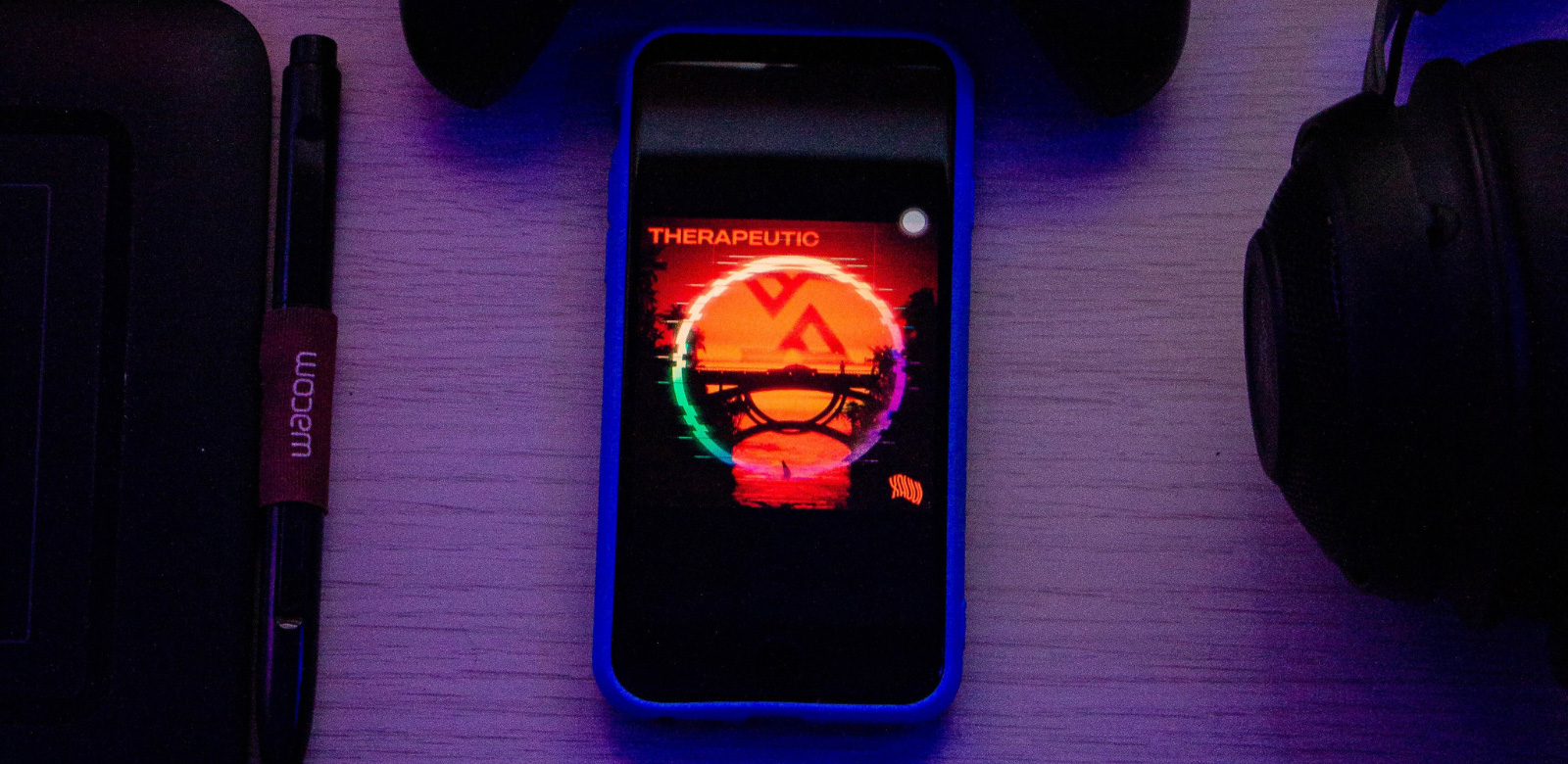Reward Systems – How to Drive User Motivation?

A psychological payment – since understanding your target audience is so important, reward systems have become quite popular in many areas of life, from loyalty programs to workplace benefits to mobile games.
But why do reward systems work, and what makes them effective? In this blog, we will take one more step into the world of gamification and look at how to use the psychology of motivation to increase customer satisfaction and retention.
Before we start it’s important to understand that humans can be motivated by various factors, including the desire for achievement, the need for social connection, and the pursuit of pleasure. Good reward systems use these motivations by offering users a reward for completing a desired action.
An example of this can be found in one of our previous blogs where we look at how the Starbucks Rewards program allows is users to collect points and exchange them for rewards. This reward system increases customer loyalty while at the same time gathering valuable data about their beverage preferences, order frequency, and so on.
As we can see the rewards can be quite different from one another. The most effective reward systems are those that are built on the needs and desires of the user. Let’s look at a few factors that define a particular reward system.
- One key factor in the psychology of reward systems is the concept of intrinsic versus extrinsic motivation. Intrinsic motivation means that your customer has an internal desire to engage in an activity for its own sake, while extrinsic motivation involves external rewards or punishments.
- Another important part is the concept of immediate versus delayed gratification. Humans are wired to seek immediate rewards, even if they come at the expense of long-term goals. That’s the reason that you are still browsing social media at midnight even though you would feel a lot better waking up early the next day.
Reward systems can help to overcome this tendency by providing immediate, tangible rewards for small steps towards a larger goal. This can help to build momentum and create a sense of progress that motivates users to continue. - Finally, the psychology of reward systems is heavily influenced by social aspects. Humans are social beings, and we are strongly influenced by the opinions and actions of others.
This means that reward systems that use gamification elements that allow users to compete or collaborate with others are often more effective than those that depend only on individual achievement. A simple example of this would be a leaderboard that shows who in your friend group walks the most steps in a day.
The psychology and use cases of reward systems are often complex and take some time to figure out, but by understanding the motivation that drives your customer behavior, it is easier to design a service that motivates users to engage with your company in the long run. Our mission at UseAward is to simplify the whole process of setting up a reward system so you can focus on understanding your customers even better.









